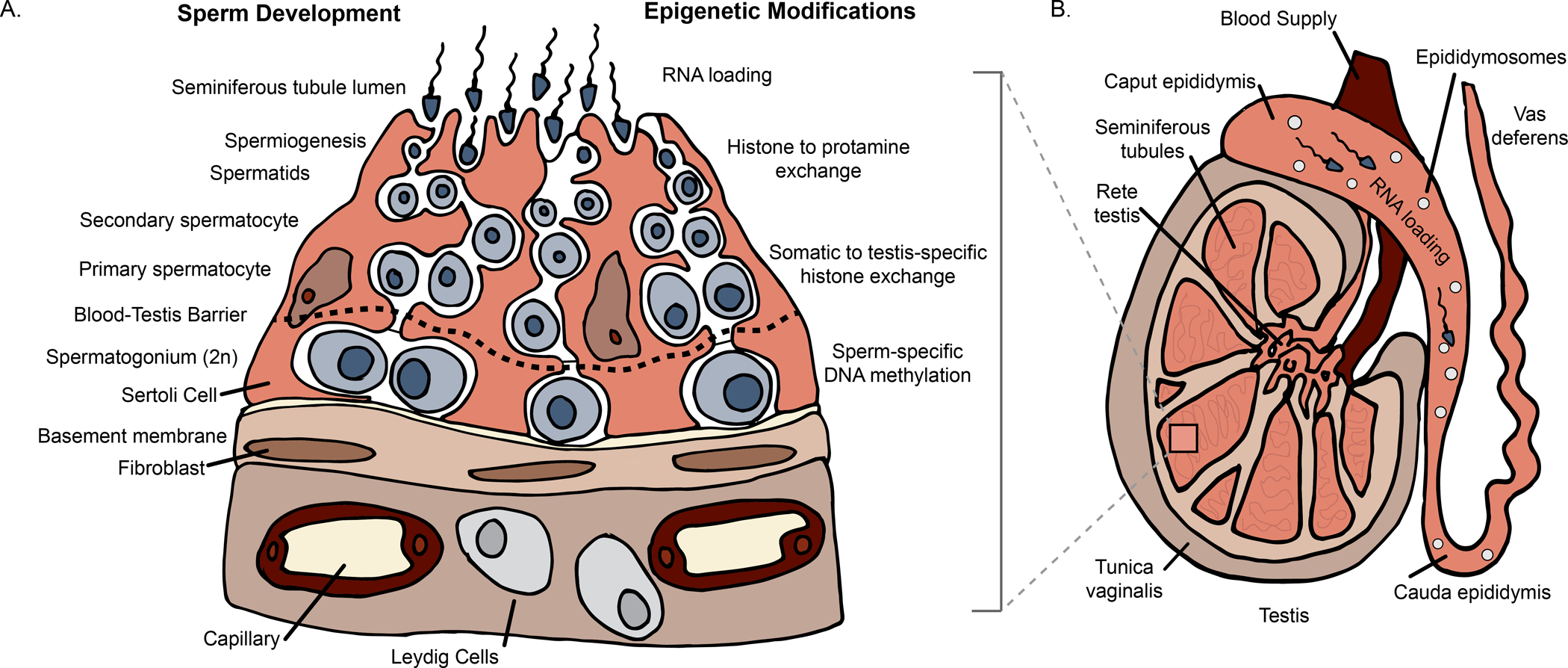Figure 1: Sperm epigenetic programming during the preconception period.

A) Sperm epigenetic profiles are finalized during spermatogenesis, a process divided into two major steps: spermatocytogenesis and spermiogenesis. During spermatocytogenesis, the undifferentiated spermatogonia undergo clonal expansion through mitosis to produce spermatocytes. It is important to note that this step occurs before the blood-testis barrier; thus the epigenome is potentially susceptible to environmental conditions during cell divisions. As spermatocytogenesis continues across the blood-testis barrier, spermatocytes obtain final DNA methylation profiles. Next, during spermiogenesis, spermatids are remodeled such that testis-specific histone marks are established, followed by histone to protamine exchange. B) Illustration of the testes, epididymis, and vas deferens. While spermatogenesis occurs primarily within the seminiferous tubules of the testes, final maturation occurs during the transit through the epididymis where RNA loading occurs with interactions between sperm and extracellular vesicles (e.g., epididymosomes). The RNA loading via extracellular vesicles within fluids of the male reproductive tract and other secondary sex organs (e.g., prostate and seminal vesicle) represents the final opportunity for sperm to “epigenetically match” their current environment prior to fertilization. (Low resolution copy)
